Kitchen table legs
The table is an indispensable piece of furniture in the kitchen. Today, manufacturers for the manufacture of tables use a huge amount of materials. You can also count at least two dozen options for legs for the kitchen table.
How much should be?
In the classic version, the kitchen table has four legs. Basically, these are traditional models with square and rectangular countertops. A table with three legs almost always has a round shape. It can be a small coffee table or a full dining option. A table with two legs for the kitchen can be made in several forms, but most often there are models with two X-shaped legs or stable legs made of solid wood.
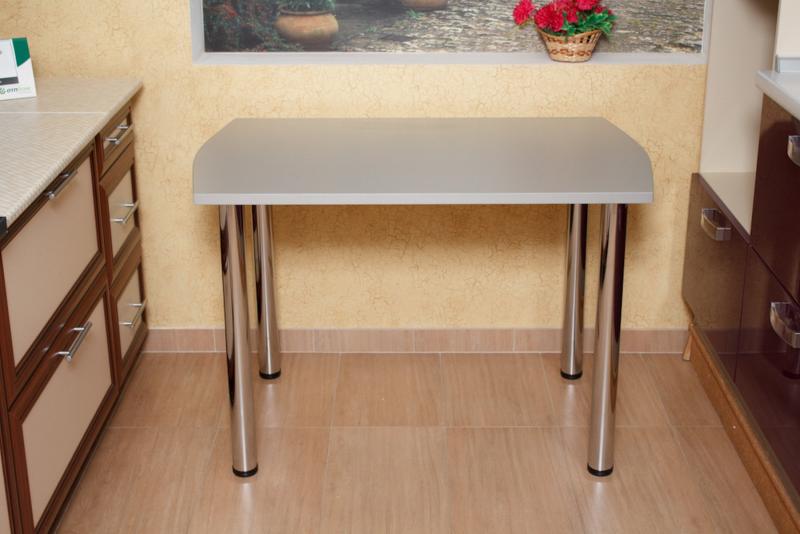
materials
Chrome plated metal
Metal legs are one of the most common types of kitchen table supports. The exceptional strength of the material ensures their reliability. Such legs are considered stable not only because of the solid construction, but also due to the plugs that are installed to prevent slipping on the floor. Manufacturers and craftsmen who decide to make a table with their own hands, metal legs attract the attention of low value and durability. The coating of such supports can be different, they can be painted or chrome.
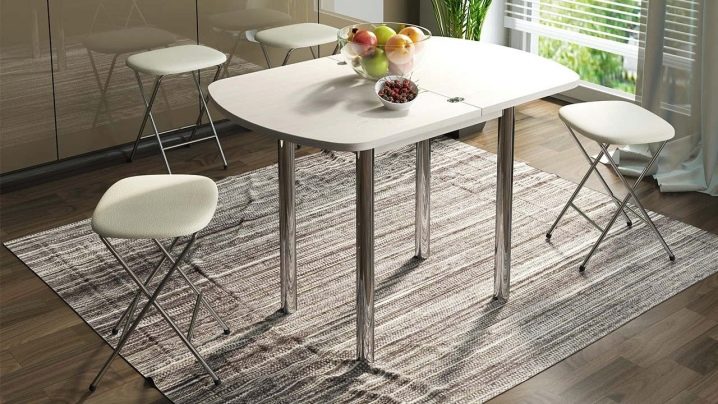
Forged metal
Tables with forged legs have a number of advantages. First, they are very durable and never need to be repaired. Secondly, the model with iron legs has maximum stability, it is almost impossible to tilt or turn it over. Thirdly, tables with forged legs are quite versatile, easily fit into any interior and do not conflict with interior items that do not have forged elements. Fourthly, forged legs are quite easy to care for and there are no special recommendations for their maintenance.
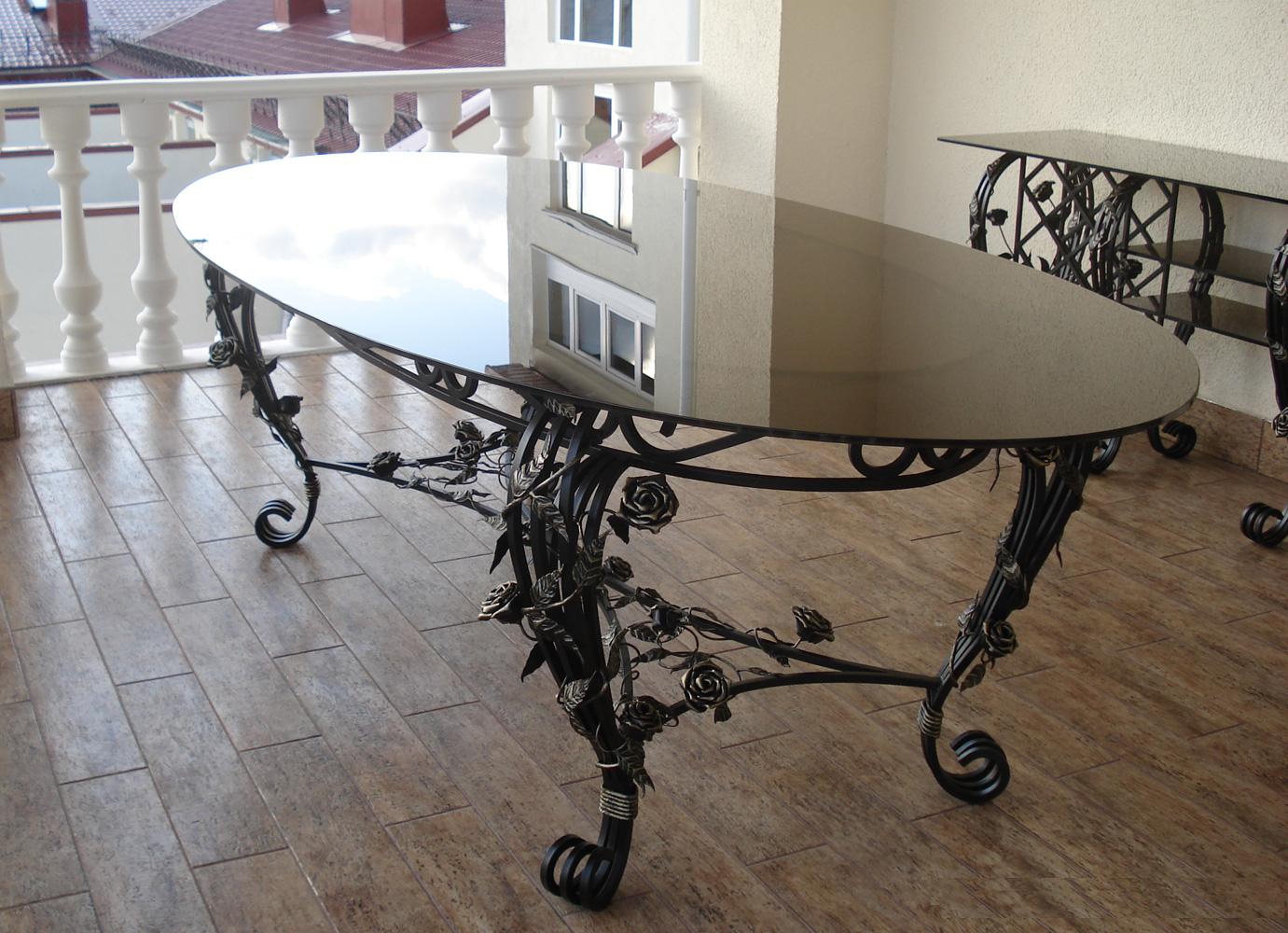
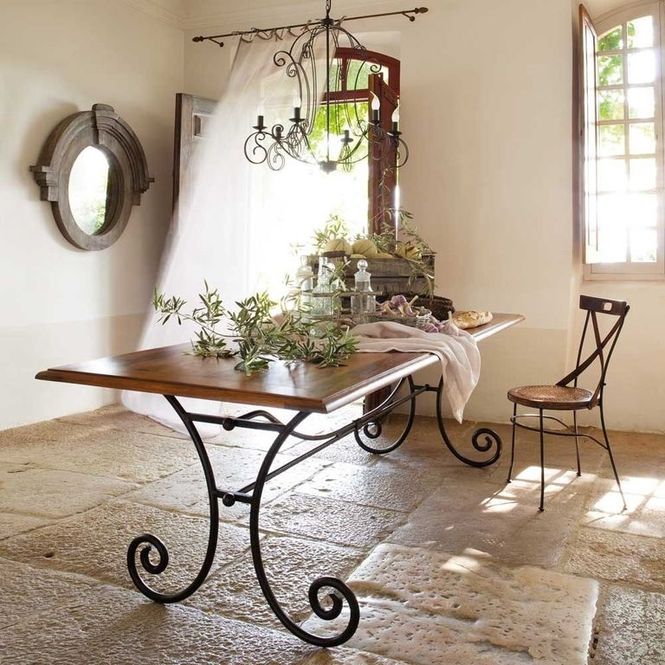
Wooden
Natural wood tables are a classic and the oldest tradition of our country. Such furniture always looks very beautiful and expensive. Wooden legs for the kitchen table can be of various shapes: round, square or carved. Models with carved or chiseled legs are the most beautiful and elegant, and the overall impression of furniture often depends on the skill of carving craftsmen. The wood is varnished and sanded, as many layers are made as necessary to obtain a beautiful smooth surface.
Plastic
Plastic legs are in high demand due to their low cost. In addition, furniture legs made of polyurethane are of high quality and reliable, captivating with beautiful carvings. Legs made of this material are perfectly combined with all countertops, regardless of the material from which they are made. Polymeric materials are absolutely not susceptible to moisture and fumes. Another advantage of polyurethane legs is their low flammability, which prevents the rapid spread of fire in the room in the event of a fire.

Designer finds
The most common version of legs for fashionable kitchen tables is chrome-plated legs, which are in perfect harmony with retro style, minimalism and high-tech. If you look for the latest design developments of tables and supports for them, you can find a rather unusual execution of them. For example, the supports may be too wide or, conversely, extremely narrowed. Often the shape of the supports in the designer's fantasy suddenly becomes curved or decorated with artistic decoration.
Particular attention is given to the legs if they are under a transparent tabletop. In this case, all the splendor of beautiful legs is perfectly visible visually, so a creative approach to their execution is required. A metal box with a cross section bent at an angle of 90 degrees, which plays the role of a central support, can act as a support. The luxurious design is obtained by using four gracefully curved legs, similar to the paws of insects.
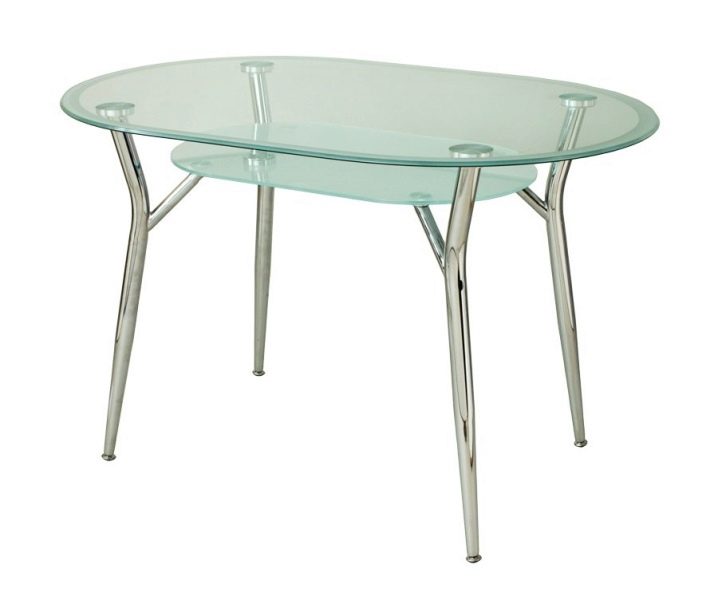
Openwork intertwining metal legs give the tables a special luxury. They can fill almost all the space below it or part of it, be in the form of a geometric figure or depict the leaves of a plant.
Extravagant models that fit well into a modern interior are kitchen tables with X-shaped legs made of square-section timber. The legs tilted at an angle and converging at a point in the middle look most harmonious.
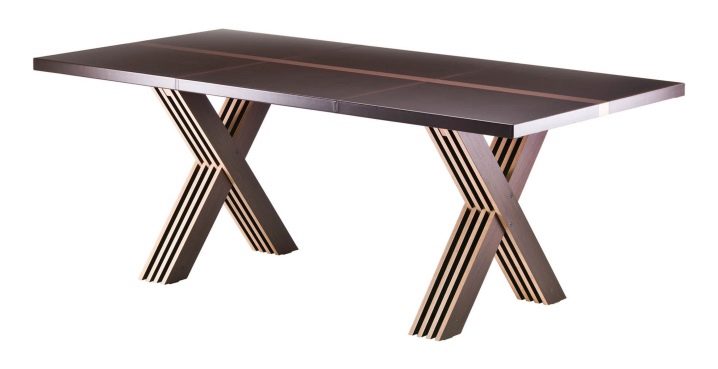
Pledge of strength and stability
Experts know that unprofessionally set legs are the cause of table swaying and tilting. While adjustable feet can correct the tilt, 99% of a table's quality depends on proper assembly.
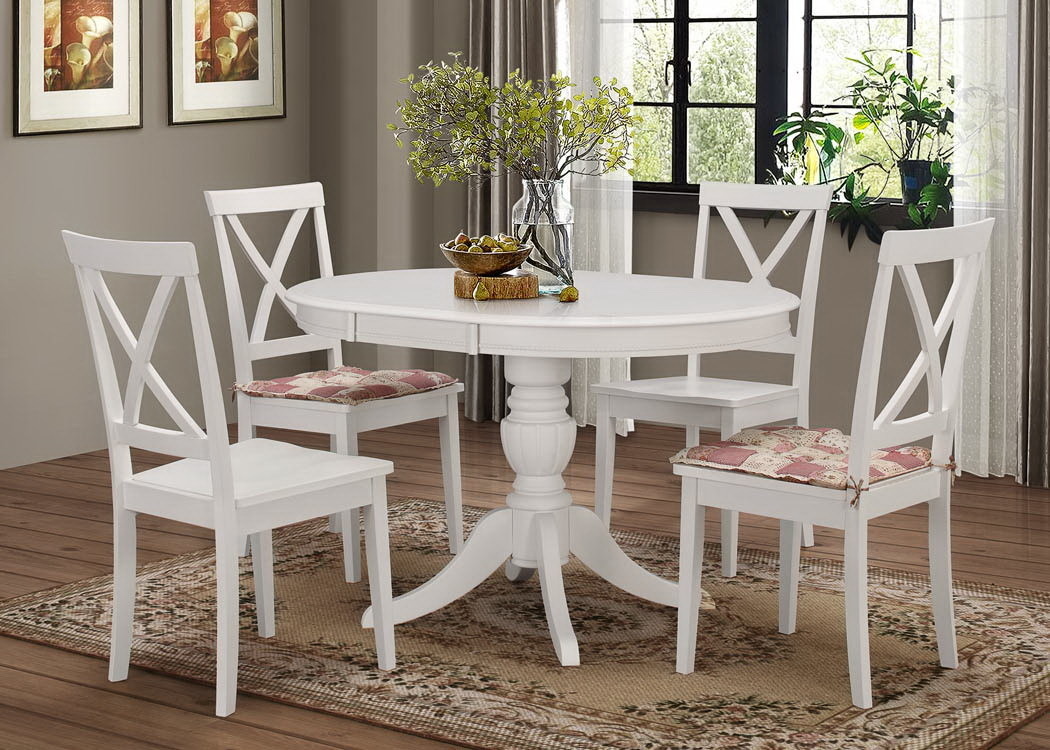
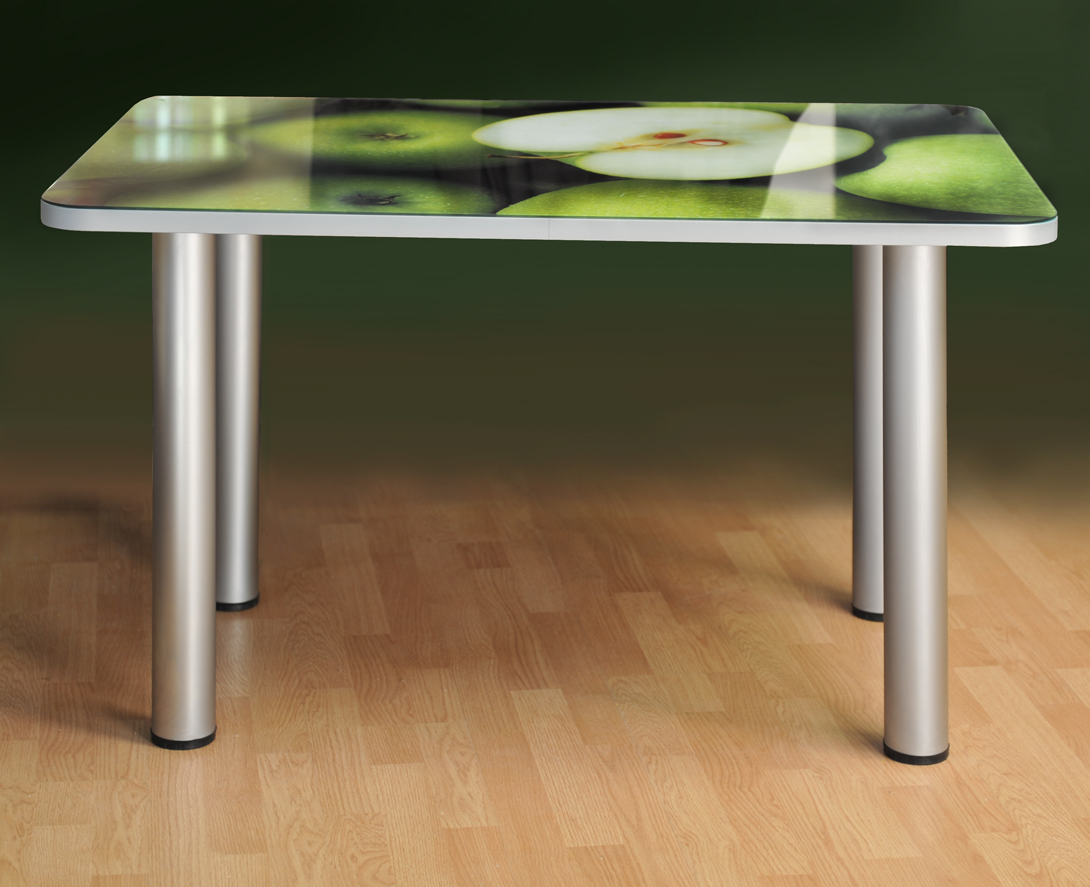
There are two popular ways to mount legs: mounting with surface plates and mounting using T-nuts.
Mounting with surface plates
- If you purchased legs without fittings installed in them, you will have to do it yourself. To do this, you should have eye and eye bolts for large tables and threaded dowels for small tables.
- Eyebolts and eyebolts should be checked on a test plate to ensure that the screws will be of a compatible size.
- Install the eye and eye bolts inside the table legs, and mark the center of the leg with a marker or pencil. Then you need to make a hole in the leg and tighten the bolt tightly into the top of each leg.
- Turn the countertop on the wrong side or put it on its side.
- Mount the plates at all four corners of the table top with four screws.
- Then you need to screw the upper part of the bolt with an eye and an eye into the plate. Screw in until fully tightened.
- After installing all four legs, place the table on the floor and make sure it is level.






